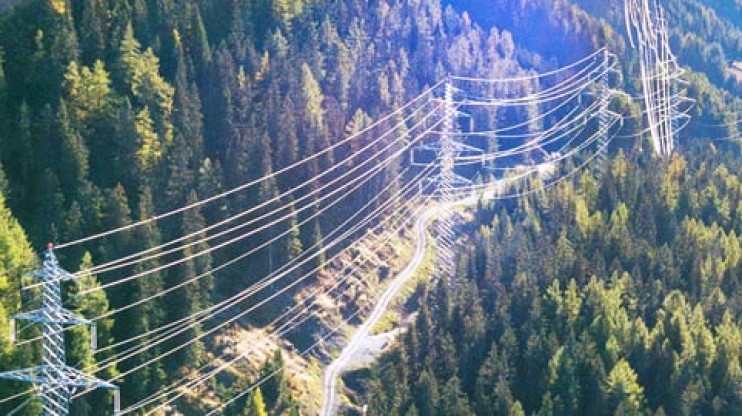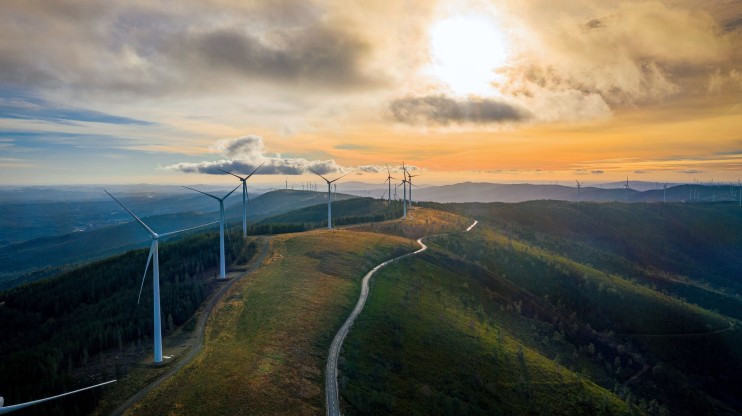
Energy Risk Management
Much like your suitcase after a trip away, energy risk management can feel messy. How do you know your strategy for purchasing energy is the right one? How much risk should you weigh?

Much like your suitcase after a trip away, energy risk management can feel messy. How do you know your strategy for purchasing energy is the right one? How much risk should you weigh?

A reverse auction is a procurement method in which the traditional roles of buyer and seller are reversed, meaning there is only one buyer with many potential vendors.

Today, building owners and operators are often concerned with facility management, environmental impact, and smart operations.

Director of Project Management for Mantis Innovation, Tom Cashman, has offered a strong background in energy efficiency during his 5+ years with the team.

Roof design can be a complicated and costly affair. From rectifying severe weather damage to executing capital renewals, roof designers consider myriad factors to create the mountain of drawings and specifications required for even a small roof area.

When the discussion centers around data centers, operations are key. Data centers are an indispensable part of modern computing infrastructure as they enable functions that are critical to the operations of many industries and organizations.

We’ve heard it directly from clients: trouble managing multiple vendors; pressure to become more sustainable; tight budgets; the list goes on.

In North America, the advent of spring brings change in the form of more sun, less snow, and maybe the chance to put on a pair of shorts occasionally.